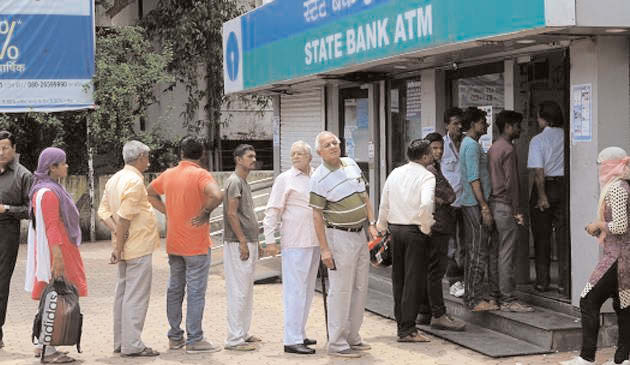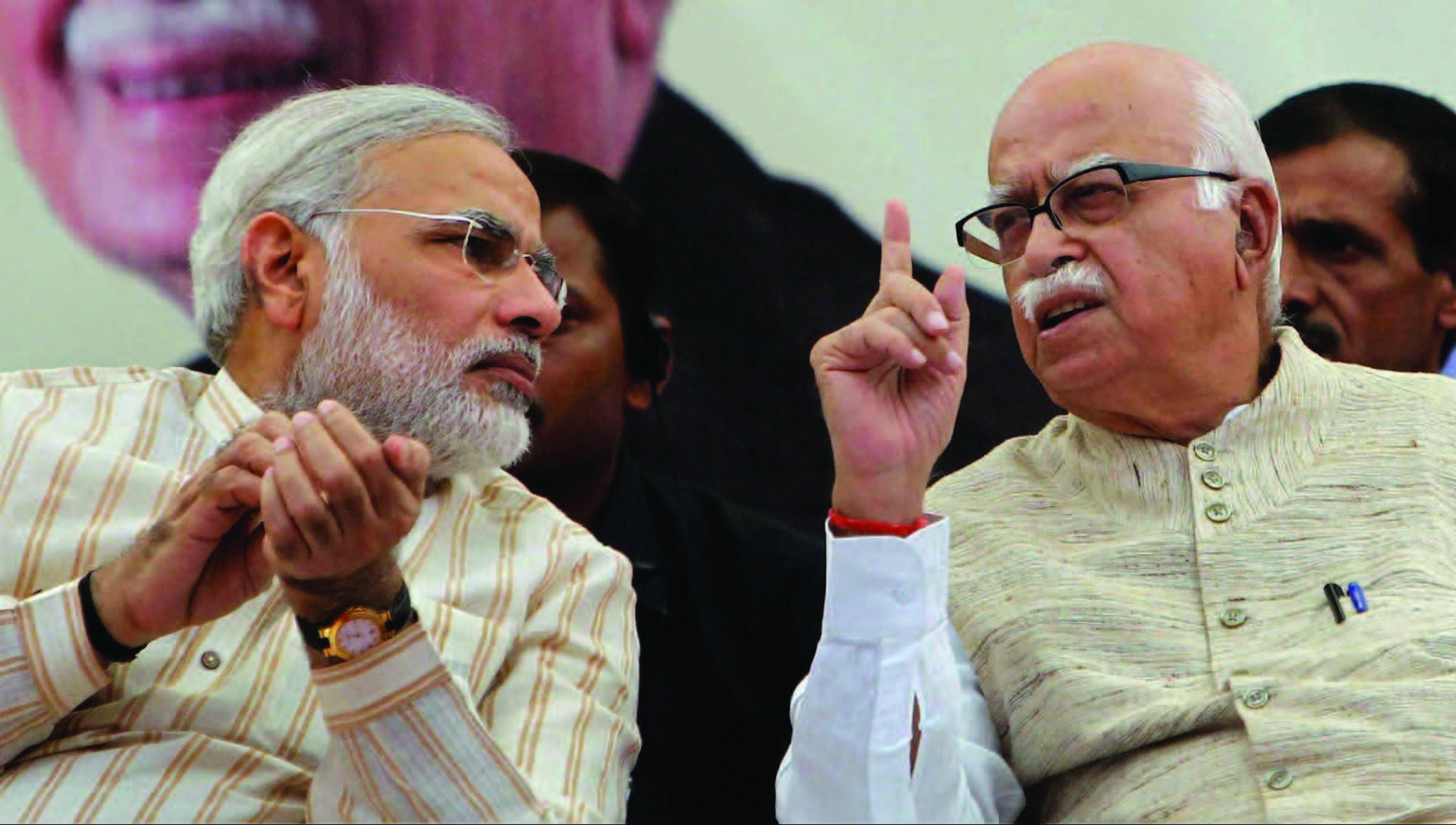
A cost-benefit analysis of demonetization needs to take into account the inconvenience caused and the millions of man days lost in queues and lay-offs.
The honorable Prime Minister promised the people an India of their dreams after 50 days in lieu of their cooperation. And people gave full cooperation by standing in long queues outside banks from dawn to dusk, just to withdraw their own money, and that too in rationed amounts. Despite the chaos continuing even after the completion of the 50-day ‘grace period’, for God’s sake let us not doubt the ‘good’ and ‘honest’ intentions of our worthy Prime Minister. At the same time, we must appreciate the unprecedented and remarkable patience and cooperation people have extended. This has been publicly acknowledged by the Prime Minister. Now it is the turn of Narendra Modi, the all-powerful Prime Minister, to deliver as promised.
Did Modi really know what people desired, or did he simply wrap his political motives as the desire of the people? Or was it a move to cover up for the failure of the much touted promise of bringing back the black money stashed in foreign banks. Diverting peoples’ attention from the unfulfilled promise and almost negligible achievement on black money might be another reason behind demonetization. Let us leave it to the judgement of the people and history. It is often said that everyone is good until he proves otherwise, and the PM, too, must be given the opportunity.
Nonetheless, even as black money and corruption are very important issues, poverty, unemployment/underemployment and social security are the more important concerns of people. Often, politics in India is being done in the name of the poor, as seen in the “garibi hatao” slogan of the then all-powerful PM, Indira Gandhi, in the late 1960s. “Garib” and “garibi” are still there, but Indira Gandhi won the Parliament elections with a thumping majority. Let us hope that demonetization is above such politics.
One immediate outcome of demonetization has been the non-functioning of Parliament, a heavy cost for a poor nation and loss of precious time of our elected representatives. Both the ruling alliance and the Opposition blamed each other. It was politics versus politics, while each side accused the other of playing politics. The NDA has labelled the political opposition as well as all others critical of demonetization as supporters of corruption and black money, as if everybody in the ruling alliance was honest and others dishonest. This is being used as a powerful weapon to disarm the Opposition and critics and to change the entire narrative. The fact, however, is that all political parties resort to corrupt practices to finance and win elections. Once in power, they shower benefits on their financers and supporters, and thereby promote the culture of crony capitalism.
The poor and common people get swayed by the illusion that perhaps they will be benefited, but in the process only enter a still greater illusion of ‘achhe din’ and the India of their dreams. Every time clever politicians conjure up new dreams and mange to remain in power themselves. Competitive political populism and blame games are an integral part of the grand design to fool the people. Something similar seems to be at work behind the demonetization exercise.
The common man is in the illusionary wait to see some ‘big’ amount deposited in his bank account as a result of demonetization. The Prime Minister himself has advised the Jandhan account holders not to give back the black money deposited in their accounts. Sadistic pleasure may be another source of the common man’s satisfaction, in the sense that he is happy that rich peoples’ money would be confiscated. The real issues and concerns of the common people, meanwhile, continue to remain unattended and their sufferings seem to be unending.
While making the ‘bold’ and ‘historic’ announcement (no less than a ‘surgical strike’) to the nation on the night of November 8, the Prime Minister stated three overt objectives of the demonetization decision: eliminating black economy; eradicating corruption; and curbing counterfeit money and thereby eliminating terrorism. But the million-dollar question remains: Can demonetization really achieve these objectives?It is impossible to obtain an affirmative answer through any logic or imagination.
The simple reason is that there is no correlation between demonetization and the generation of black money; demonetization and corruption; and demonetization and counterfeit currency/terrorism. In the absence of any correlation, how can demonetization achieve the stated objectives? As a matter of fact, demonetization is neither a necessary nor a sufficient condition to achieve the above mentioned objectives. Nonetheless, demonetization may create some temporary deterrent in the minds of the people who are indulging in corruption and generation of black money.
A cost-benefit analysis of demonetization needs to take into account the inconvenience and the millions of man days lost in queues and lay-offs (particularly in the unorganized / informal sectors) caused so far and in the months to come. In a consumption-led growth model, whenever consumption falls, production is adversely affected, which in turn leads to lay-offs and unemployment. It eventually results in a reverse investment multiplier (one unit decline in investment leading to a multiple decline in income), leading to lower income generation and often to a recessionary phase. In that case the economy shall have to struggle hard to stage a comeback.
If Modi is really interested in curbing the black economy and corruption, then a systemic and social solution is needed. Corruption and the amassing of unaccounted-for wealth are ingrained in the psyche of the people; it is this greed that needs to be addressed. Everybody, especially in the tax collection machinery and the government, knows the sources of black money/economy, and laws are in place to curb it. Confiscation of ill-gotten money and wealth and effective implementation is sine qua non.
A digital and cashless economy may provide a solution in the long run, but first we must have the enabling infrastructure in place, and then people need to be prepared, especially the poor and illiterate in the remote and rural areas, to get accustomed to that. The kind of ‘surgical operation’ and shock therapy being undertaken currently may cause more harm than good. It is difficult to believe that Modi is not aware of all this.





Be the first to comment